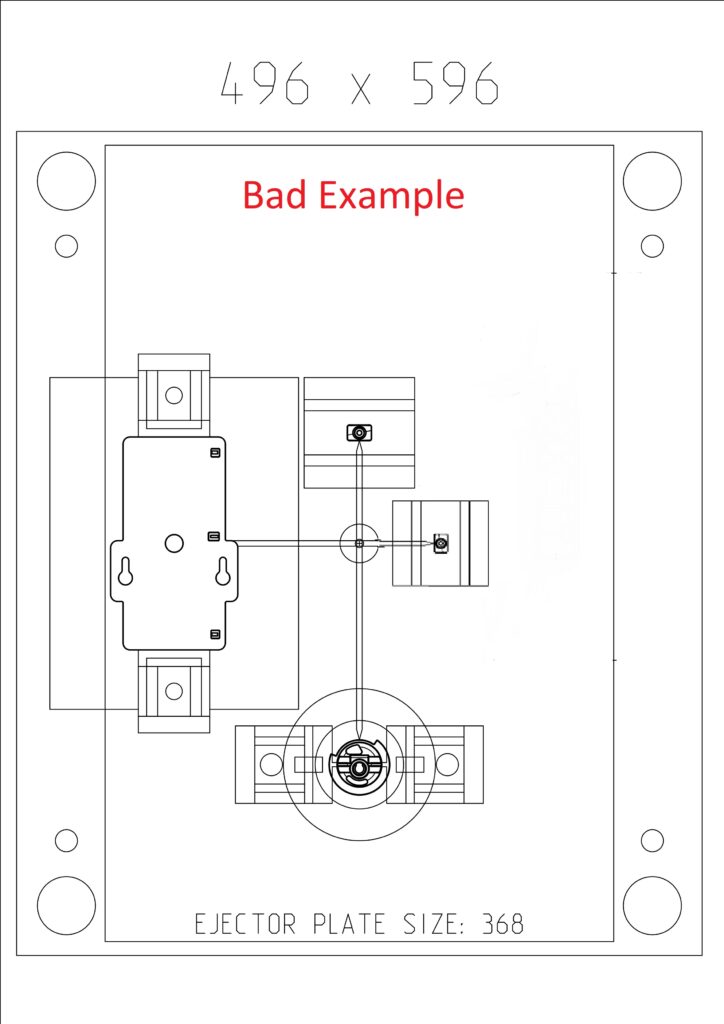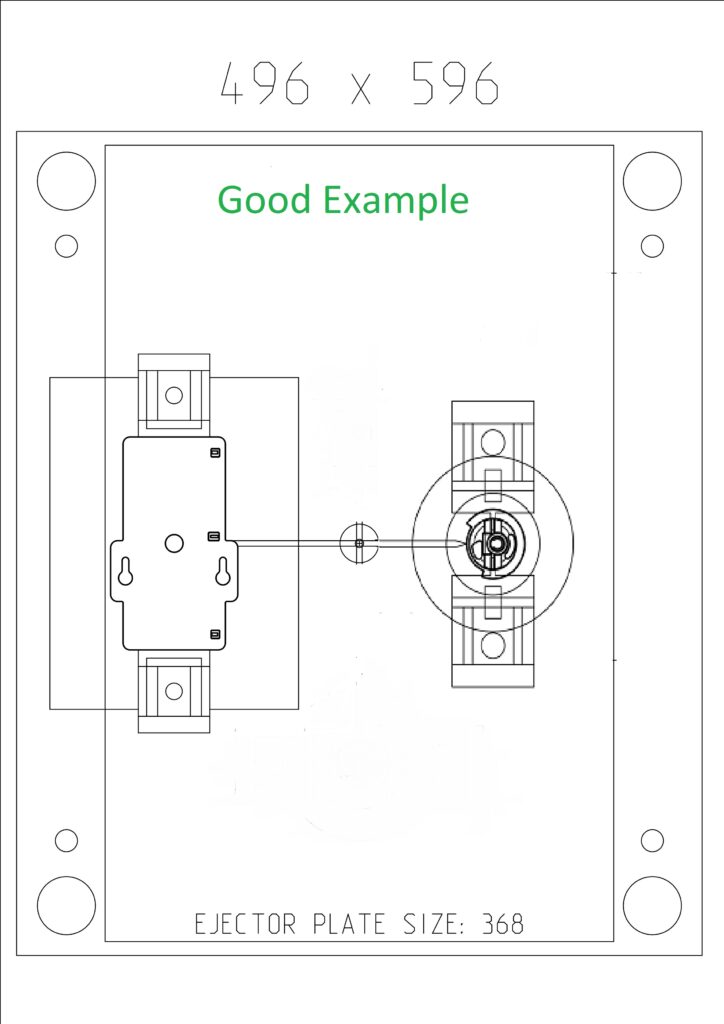
SIBO G. DESIGN TIPS – Family tooling or how to face low volumes challenges
Family moulding, or how to face low volumes challenges
Author: Klemen Rehberger, August 2020
Did you know that you can save up to 40% of your costs if you combine similar products into one family tool? Hesitant? Would you like to know how to do it? Read the advice put together by our Mould Technology Center.
Products combined in a family share the same tool, much like other multi cavity products. This generates savings in material and tool production costs, as different products that would otherwise be moulded separately—each in their own tool—are combined in a joint unit—a family. But if you expect this means you will get 2 for the price of 1, you will be disappointed as the tool cost does not decrease proportionally due to the changed concept. However, a family tool does still allow a considerable cost saving.
In addition to the significant saving in tool production, family tools can additionally contribute to increased production volume, improved the production process efficiency and time savings. Family tool decreases manipulation with tools in production, shorten injection moulding cycles and reduces pressure on work resources.
But before you rush off to ask your supplier for family tool, please consider that there are a number of challenges and limitations in family tool production, which need to be taken into account and reflected on if you want your final parts to be perfect. The following points outline the most frequent limitations we encounter when making decisions about combining products into a family tool:
- Different moulding materials – as the parts are moulded at the same time in one tool, all parts must be moulded from the same raw material
- Inappropriate raw materials – the specifics of the raw materials can define a particular tool concept and are consequently a decisive factor in deciding whether the parts can be combined into a family tool or not
- The sizes and volumes of the parts differ – if the parts vary in size and wall thickness, their filling and cooling cycles will be different, which causes imbalances and potential faults; in terms of geometry, the parts should be as similar as possible.
- Gate positioning – gates should be positioned in a way that allows the mass to spread as synchronously and evenly as possible. We often use a combination of gate systems that prevent potential imbalances and ensure the consistent quality of the produced parts.
- Difference in the required quantities of parts – if a larger quantity of one part is required, a joined moulding of both parts is not the best solution; in this case, it makes sense to think about other types of combined tools (e.g. 1+1, 2+2, etc.) or about special gate closing systems.


If you need more information about family tools or other combined tools, feel free to contact our experts who will be happy to advise you on the best solutions. Please use the following address to contact us: info@sibo-eu.com.
